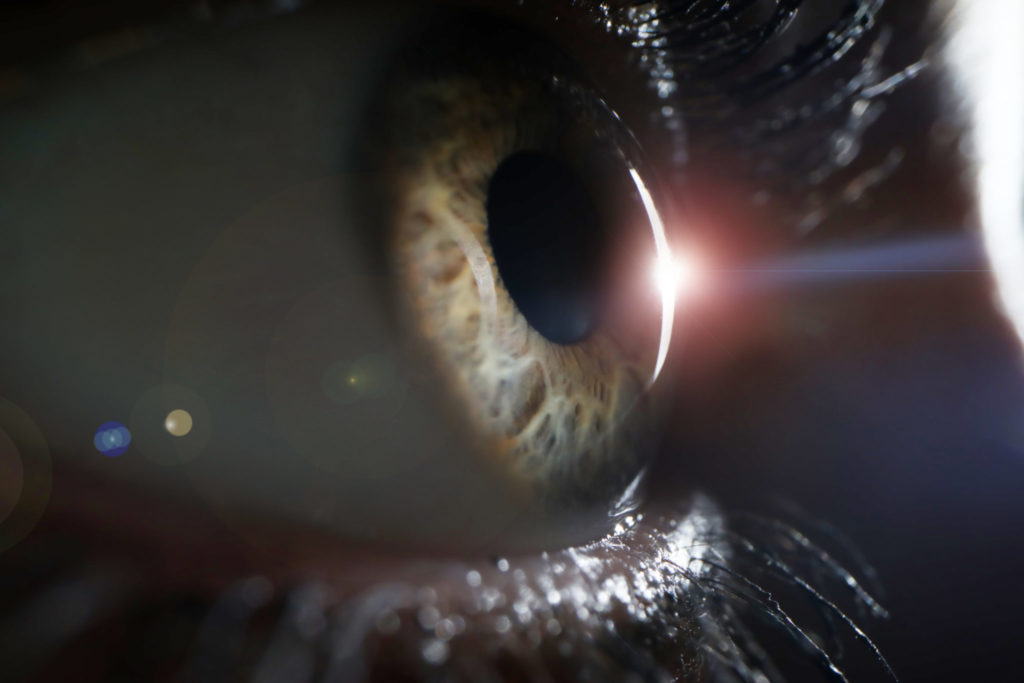Refractive surgery
The cornea and lens of the eye focus light like a camera lens to form an image on the retina. The cornea, where light first enters, provides about two-thirds of the eye’s focusing power, and the lens inside the eye provides the other third. Variations in the shape of the eye are perfectly natural, although degrees of variation affects how well we see. Laser vision treatment is used for three common problems: myopia (nearsightedness), hyperopia (farsightedness), and astigmatism.

What is Refractive Surgery?
The term refractive surgery describes various procedures that modify the error of the eye. Most of these procedures involve altering the cornea and would prefer to take a keratorefractive surgery. Refractive surgery is a perfect solution when a patient wishes to be less dependent on spectacles or contact lenses, or when there are occupational or cosmetic reasons not to wear spectacles. Refractive surgery is an elective procedure.
What is Refractive Surgery for Myopia?
The commonly preferred procedures for low to moderate myopia utilize the excimer laser. It was approved by the United States Food and Drug Administration (FDA) in 1995. Photorefractive Keratectomy (PRK) was the first procedure performed; subsequently, laser in situ keratomileuses (LASIK) has become the most commonly performed keratorefractive surgery. Other keratorefractive procedures to correct low to moderate myopia currently include laser epithelial keratomileusis (LASEK or Epi-LASIK).

